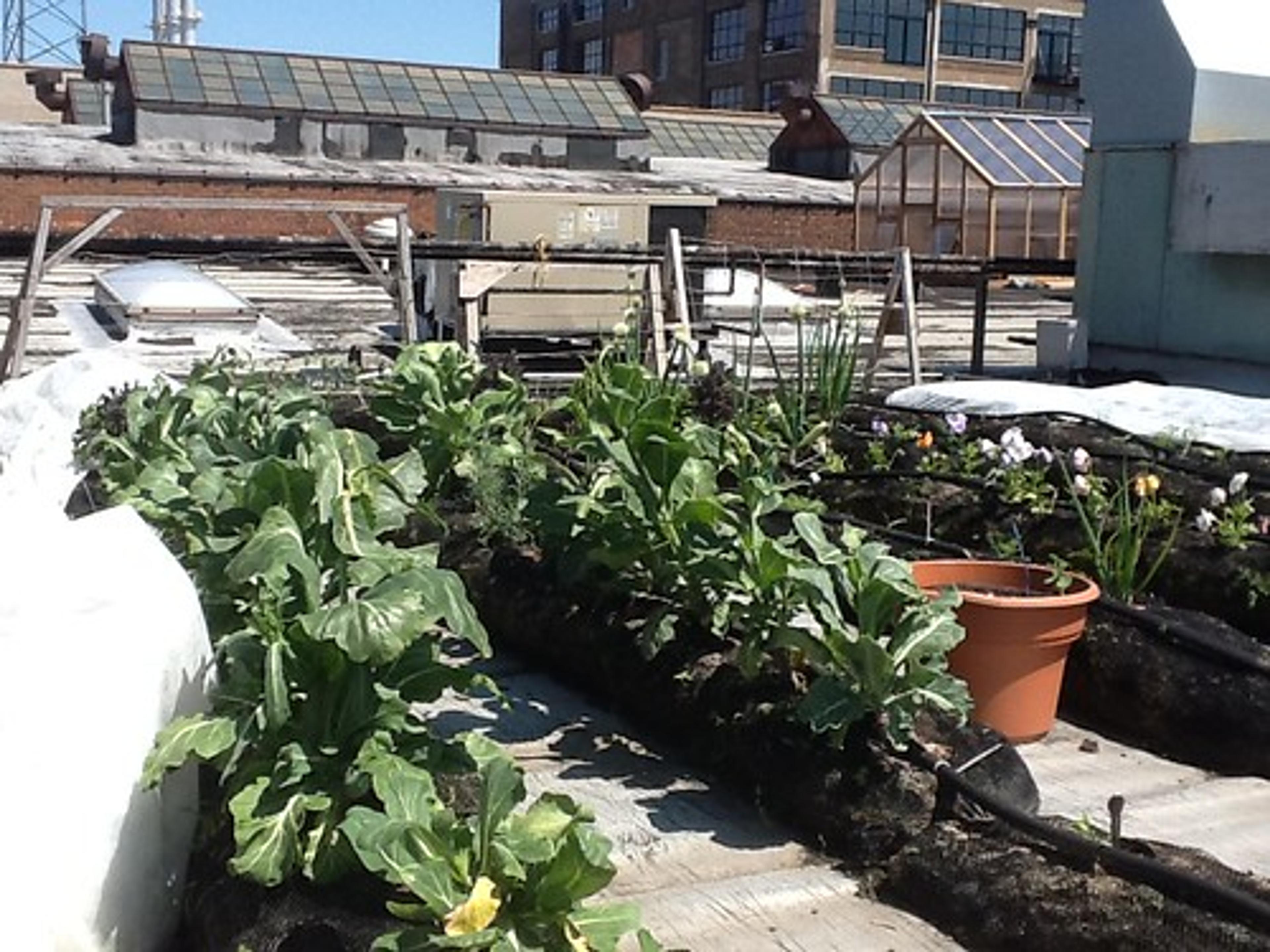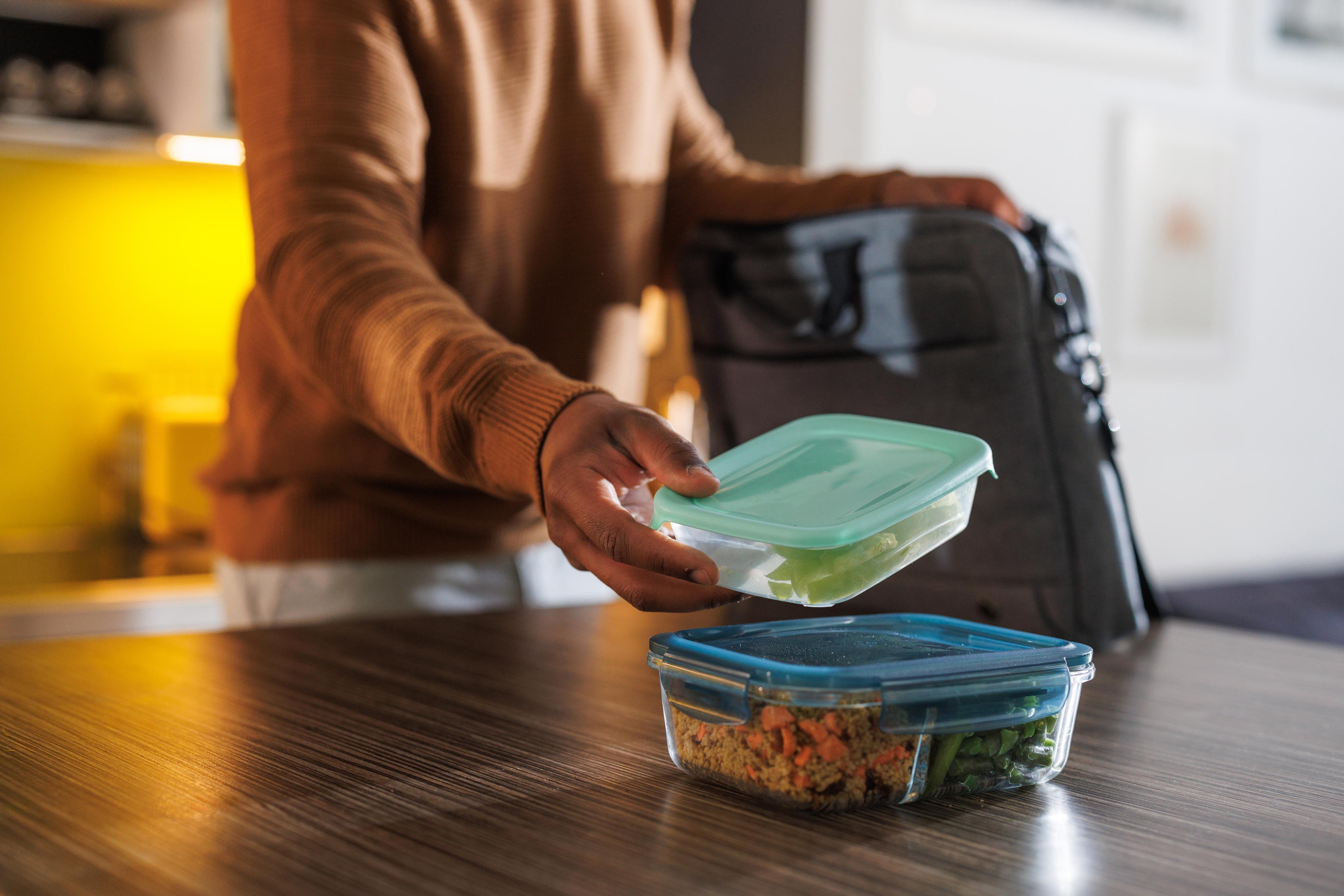Boost Your Quality of Life and Start Growing a Garden This Spring, Even If You Live in an Urban Neighborhood!

David Lingholm
| 3 min read

The phrase “less is more” is certainly true with fruit and vegetables. The less food has to travel to get on your plate, the more nutritious it is for you. And for the staff at the restaurant Traffic Jam and Snug, all they have to do during Michigan’s growing season is go on the roof of their building to bring fresh herbs to your plate.
Last year, they purchased several long, narrow mesh bags called garden socks and filled them with potting soil. They laid soaking hoses on top to make the garden easy to water. For Chef Carolyn Howard, the garden is an extension of her desire to source as many products locally as possible, especially considering how many vegetables are imported from around the world to use in American kitchens.
“We’re a big consumer of vegetables,” she acknowledges. “If we could grown our own and cut what we buy by 30 or 40 percent, I would be proud of that.”
Last year, they grew enough herbs from their garden to reduce what they purchased by approximately 10 percent each week. And they based at least one of their daily specials on what they could glean from the rooftop, which Howard says was popular with their customers.
“Our customers will go out of their way to support locally grown food,” she said.
Which explains why they work hard to buy from local growers. They even keep a plot going across the street at the North Cass Community Garden and have expanded their rooftop garden to include a small greenhouse to extend the growing season.
Fortunately for the staff at Traffic Jam and Snug, they have 12,000 square feet of roof to work on, which is much larger than many yards in a city and certainly larger than any balcony an apartment dweller could ever hope to find. So, what if you want to start growing your own vegetables and you find yourself with limited space to grow them in?
For small yards, all you need is one square foot to grown your own produce. This article includes a handy inforgraphic that shows you how to make a frame and how to plot your garden to get the most out of your small space for under $50.
Apartment dwellers have options too, especially if you have a balcony. Container gardens come in all shapes and sizes, which means your garden investment can be as little as buying some potting soil and a good pot. There are unexpected benefits to container gardening as well, such as the plants easier to tend for people with mobility issues and the soil gets warmer earlier in the planting season so your veggies get an earlier start than if they were in the ground. The writers at Sunset have put together a helpful series of articles that should have you picking your own fresh produce in just a few months.





